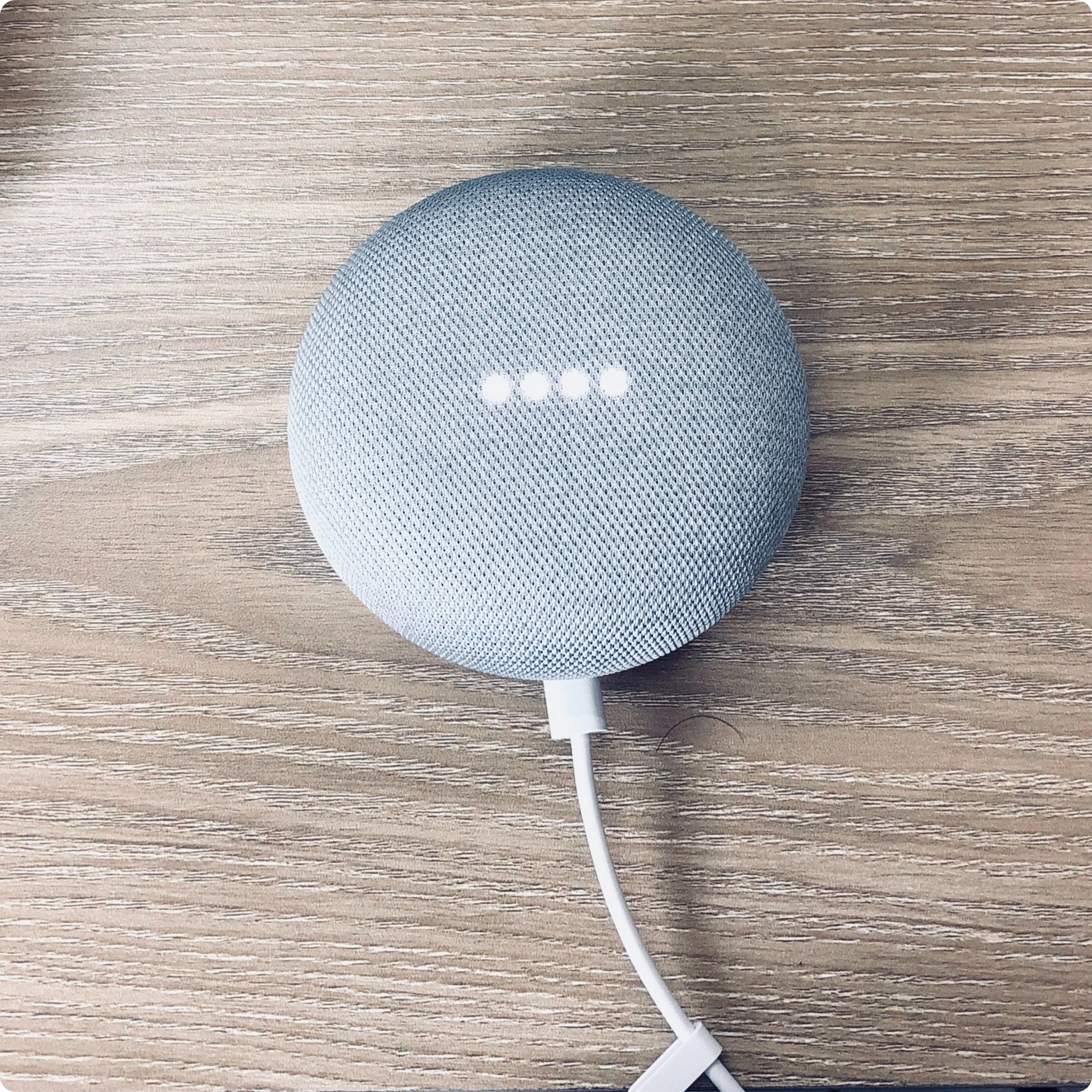Tech Savvy Consumers Define the Future of Online Shopping
Financial industry experts see a range of global trends expected to bring advances to the payments market, including more sophisticated customer journeys, digital wallets, embedded payments, augmented reality, new flavours of buy now, pay later (BNPL) and even a rise in digital currencies. Let’s dive into two trends driven by consumers that are shaping the world of online shopping— and which affect all merchants with an e–commerce business, as it means they have to keep up! In this article, we focus on the new customer journey and the growing interest in Augmented Reality (AR).

More sophisticated customer journeys
More savvy than ever
Consumers are increasingly savvy. On the one hand, they are driven by shrinking purchasing power and a growing awareness of sales and discounts, customer reviews, discussion forums, and payment methods. On the other hand, they are influenced by trends, “you-only-live-once” and “fear-of-missing-out” philosophies, and the overall trappings of consumerism.
Add to their eagerness to spend wisely and self-educate the fact that they have international options when shopping, and we see that consumers really think before they shop. And as merchants, understanding omnichannel commerce is key. But what is it? It is defined by Cognizant simply as a sales approach that fully integrates multiple channels—brick-and-mortar, desktop, mobile, etc. —to create a seamless, consistent and unified shopping experience supported at every touchpoint by intelligent data to meet customer preferences and needs.
“How” they shop
So, when consumers *do* engage in the process of shopping— after they have carefully decided what to buy— we see that the “how” is not so straight forward. They may start the purchase online and then walk into a physical store to pay for and pick up the item(s). Or they may pay online fully but choose “click and collect”, visiting a physical store where they may even buy more items. Or they may just complete the transaction online then patiently wait for their parcel. And this says nothing of the variety of payment options available to them from invoices and credit cards to buy now pay later (BNPL) and more. And all this happens against the backdrop of their experience with your brand— from word-of-mouth, influencers, and advertising to augmented reality and samples.
Making online and physical offerings and inventories seamless, is the goal for merchants. Taking into consideration flexible payment options and clear communication when it comes to shipping. Have a closer look at the more sophisticated customer journey, and the concept of “unified commerce” here. We even offer a research report diving into it here.

Augmented Reality to Social Commerce
Augmented Reality on the Rise
According to the latest reports by industry analysists like Market Research Future, the augmented reality (AR) market is flourishing, growing at a faster rate than other disruptive technologies. To date, the AR space is set to grow at a compound annual growth rate (CAGR) of around 41.5%, reaching $461.25 billion in 2030. According to The Global Augmentality Shift report by Snapchat/Ipsos UK, among the 13-44 year olds surveyed in 16 countries (including Sweden, Norway, and Germany), demand is high: 79% showed interest in using AR to investigate products of interest and see how they might look before buying them, and 77% indicated interest in using AR to interact with products before buying them. Dive deeper into statistics by referring to this insightful blog written by XR Today. From Nets’ own research of consumers’ online shopping behaviour across Europe, we see a growing interest in AR year over year.
Augmented Reality is the Future of Online Shopping, according to Time Magazine. Well, not only according to Time Magazine. It’s an increasingly popular immersive and visualization method to help shoppers decide on their purchase by simulating the look and even the feel of a product. It’s a digital “try before you buy”, and a way to look up close at the product. Some retailers, such as Nike, assist the consumer in customising a pair of sneakers via color and texture, before virtually trying the pair of sneakers on. Other retailers bring the product to life ontop of a photo supplied by the consumer (such as in the case of trying on make up.) And according to the Snapchat/Ipsos report, 75% of brands who use AR state it improves loyalty/customer experience!
What is Social Commerce?
Integrating AR shopping directly into social media platforms means social commerce. According to the Time Magazine article, TikTok launched a feature with Shopify that allows users to shop directly from videos and retailer profiles, YouTube began pilot testing a livestream shopping feature, and Instagram introduced AR-powered makeup try-ons for brands like NYX, Urban Decay and Lancome as part of a Meta partnership with L’Oréal and its AR beauty company ModiFace.
Note, Augmented Reality, and its integration into social media platforms, is different than “Live shopping” also known as livestream shopping (see the Nets webinar), in which a host or influencer showcases products and viewers (often on social media platforms) can purchase those products in real time. Here is a handy comprehensive overview (in Swedish), and here is an overview from Shopify (in English), including examples and how to get started.

Samara H. Johansson
Content Manager, Nets E-Commerce
With 15+ years of experience in strategic marketing and communications roles, for Nets I focus on presenting e-commerce market insights in a way that is easy to understand and practical.
- Topics


